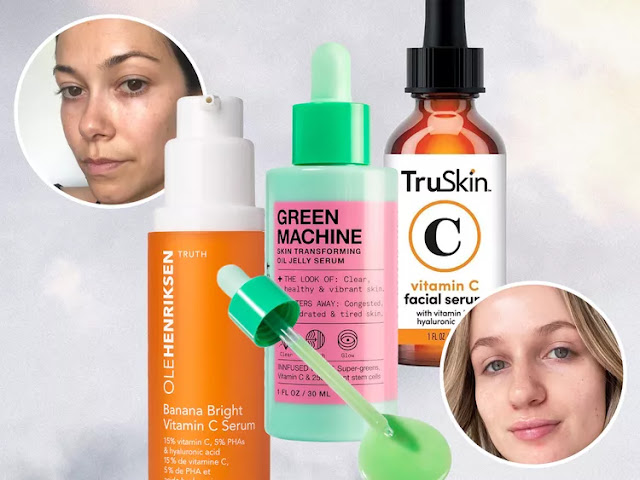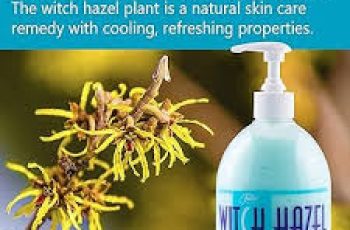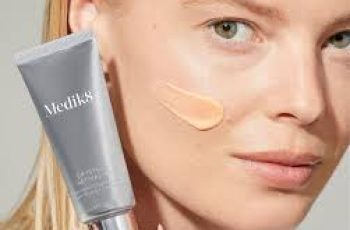
Centella Asiatica Skin Care Benefits
Centella Asiatica, Centella Asiatica, Tiger Grass, this herb has many names and has become a highly sought after ingredient in the skin care industry, especially in the Korean beauty industry, which is known to have a huge following. So what makes this herb so popular?
What is Centella Asiatica or Gotu Kola?
Centella Asiatica, also known as Centella Asiatica, is a plant herb that grows in tropical swamps in parts of Asia. Extracts from this herb have been used in natural Chinese medicine for thousands of years for its skin healing properties. You may also notice that products containing Centella Asiatica have the name “Tiger Grass” on their labels. This is because wild tigers roll around in the plant to heal battle wounds and regenerate their skin.
Known for its healing, skin soothing, antibacterial and anti-inflammatory properties, it is great for treating skin conditions such as eczema, psoriasis and scars. It is also incredibly moisturizing and helps dry skin types!
With our busy, hectic lifestyles, our skin often becomes unbalanced due to lack of sleep and environmental influences. Centella asiatica strengthens the skin barrier and improves the overall appearance, giving you a clearer complexion. Cica benefits are numerous and are becoming increasingly popular with skincare brands, making it a regular ingredient in a variety of products on the market, such as moisturizers and even CC creams.
What are the benefits of Centella asiatica or Gotu Kola for the skin?
Anti-Aging
Centella asiatica is rich in antioxidants and helps neutralize free radicals from pollution and the sun’s UV rays. These free radicals damage the skin barrier, leading to uneven skin tone and other issues associated with skin aging. Once skin starts to age, you’ll notice a loss of elasticity leading to sagging and wrinkles. Centella asiatica can improve blood circulation and collagen production, making the face look younger, firmer, and reducing fine lines and wrinkles.
Calming
Centella asiatica contains asiaticoside, which has an incredibly soothing and healing effect on the skin. Sensitive and extremely dry skin types who experience redness, inflammation, and sometimes itchiness will notice a dramatic improvement in skin health, with visible signs of irritation significantly reduced.
Moisturizing
In addition to being rich in antioxidants, Centella asiatica is also rich in amino acids, fatty acids, and beta-carotene, all of which provide a ton of nutrients to the skin, keeping it hydrated and restoring the oil and water content of the skin barrier.
Healing
Centella asiatica can help treat many skin conditions such as eczema, psoriasis, varicose veins, and stretch marks. Centella asiatica contains “madecassoside,” a compound that boosts the skin’s antioxidant activity, healing wounds and scars by improving circulation and strengthening the skin barrier. Those with blemish-prone skin will find that all breakouts (such as blackheads) can be treated and eliminated without leaving any marks or scars.
Where can I buy XIKA?
Skincare – Due to the popularity of this ingredient in the Korean beauty industry, you can find it in a variety of skincare products such as serums, moisturizers, and balms.
Topicals – Centella asiatica can be applied topically to burns, scars, inflammation, and stretch marks.
Dietary Supplements – You’ll find Centella asiatica is also available in oral supplements that improve blood circulation.
Cooking – This plant seems to have made its way to the kitchen as well, as many cultures add it to salads and rice dishes.
Can Centella asiatica or Gotu Kola Help Treat Acne?
As mentioned earlier, there are many benefits of Centella asiatica for the skin, one of the most important of which is its anti-inflammatory properties. Cica contains active concentrations of hydroxy-Centella asiatica compounds that can reduce and calm inflammation. Therefore, anyone who is prone to blemishes can easily tone their skin and reduce the redness and size that accompanies the appearance of spots and pimples. This natural ingredient can improve the appearance and protect the skin from further acne due to its antimicrobial properties.
What are the side effects of Cica?
Some of the side effects of Centella asiatica include:
Nausea
Upset stomach
Photosensitivity (sunlight sensitivity)
Drowsiness
Burns
Itching
If you find yourself experiencing any of these side effects, it is best to stop consuming or using products containing Centella asiatica.
There are also some more serious side effects. See your doctor immediately if you experience any of these symptoms:
Yellow eyes
Comfort
Stomach pain
Clay-colored chairs
If you have any questions or concerns about using Cica, contact your primary care physician or dermatologist for further advice.
Should I use Centella with other skin ingredients?
While Centella on its own can work wonders for your skin, there are a few ingredients that can be used regularly to enhance its effects on the skin.
Centella and Aloe Vera
The combination of these two creates the ultimate acne-fighting combo. Centella reduces inflammation and kills acne-forming bacteria on the skin. By combining it with Aloe Vera, you can soothe and heal breakouts faster than before, leaving your skin soothed, happy.
Centella and Vitamin C
As mentioned earlier, Centella is a great booster of collagen production, and when combined with Vitamin C, it can significantly improve the softness, firmness, and hydration of your skin, reducing the appearance of wrinkles after just 6 weeks of use. If you want to learn more about Vitamin C, read our blog post on the benefits of Vitamin C for skin.
Centella Asiatica and Glycolic Acid
The combination of Centella Asiatica and AHA Glycolic Acid gives you uneven skin texture and youthful, supple skin. Glycolic acid also supports collagen production in the skin, giving Centella Asiatica a huge boost.
Now that you know a little more about this ancient herb, it’s taken the beauty industry by storm and shows no signs of going away anytime soon. Well, if it’s good enough for the king of the jungle, it’s good enough for us too!
Don’t miss out on more skincare tips and expert advice on our YouTube channel! Click the subscribe button to visit our green couch, you won’t regret it!


